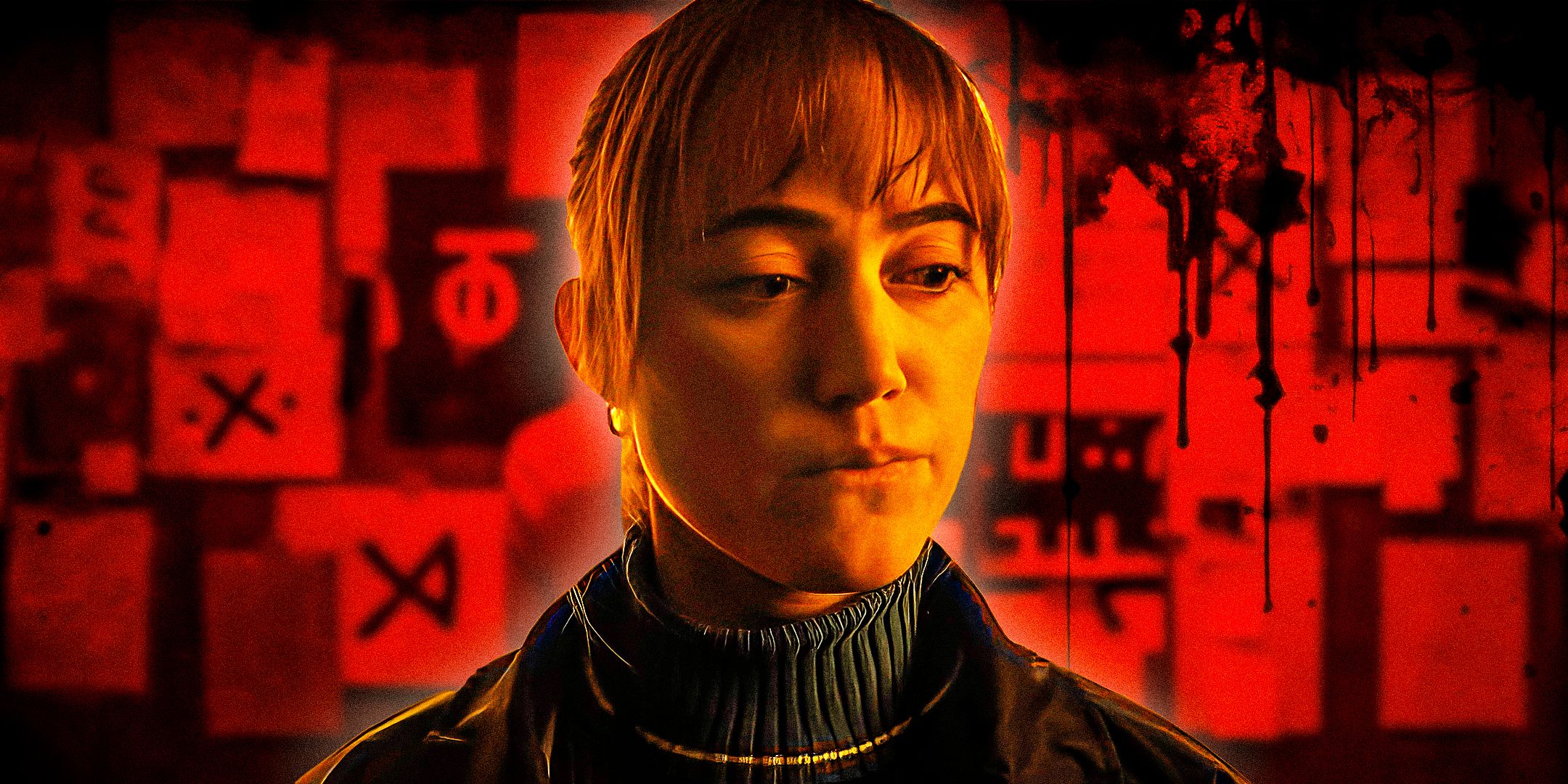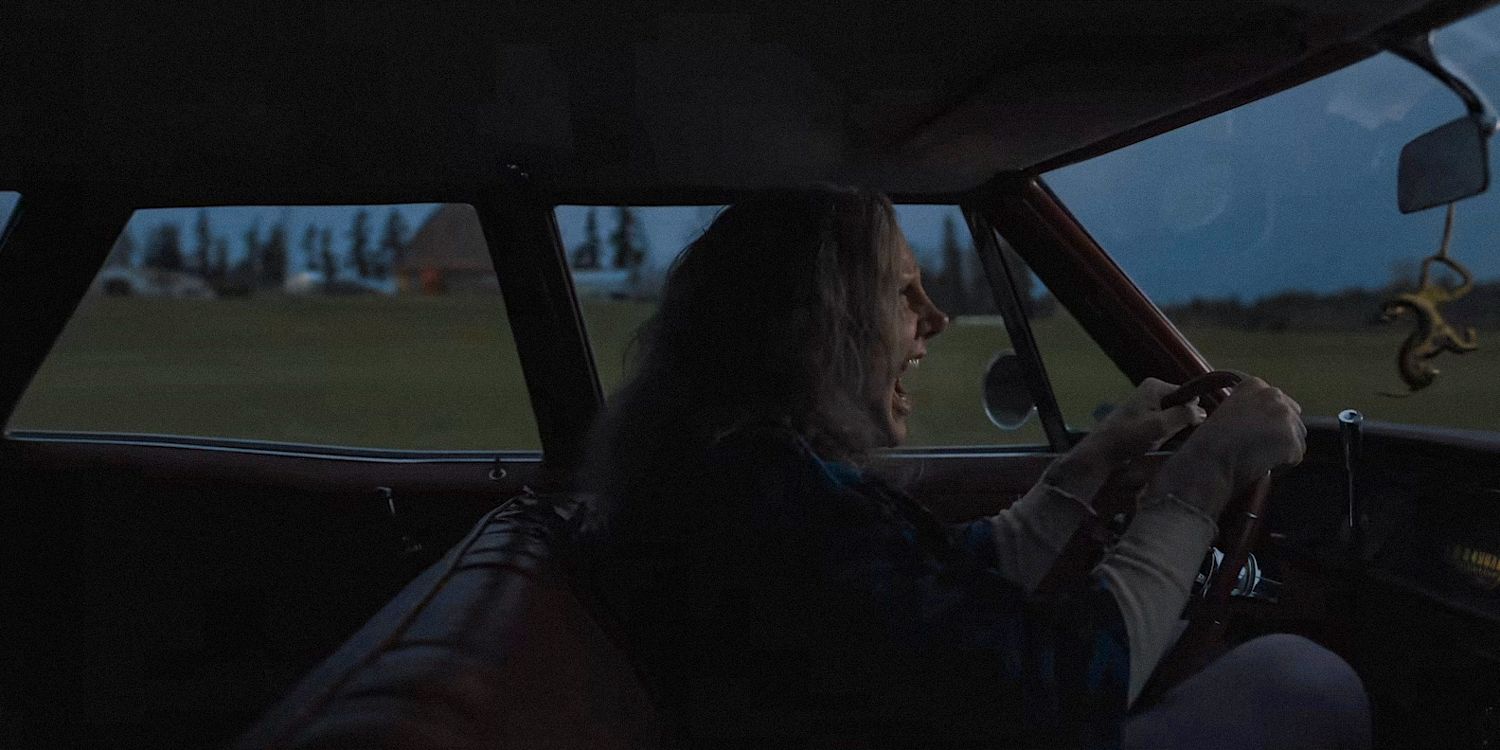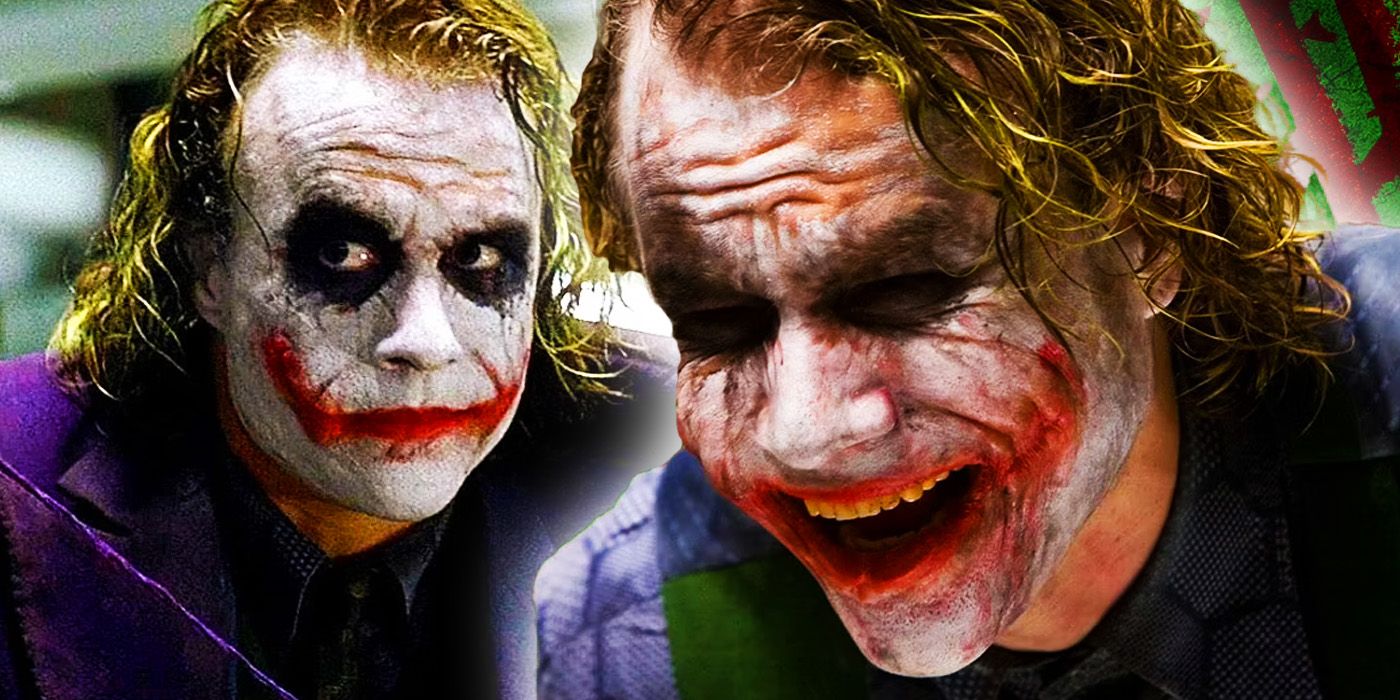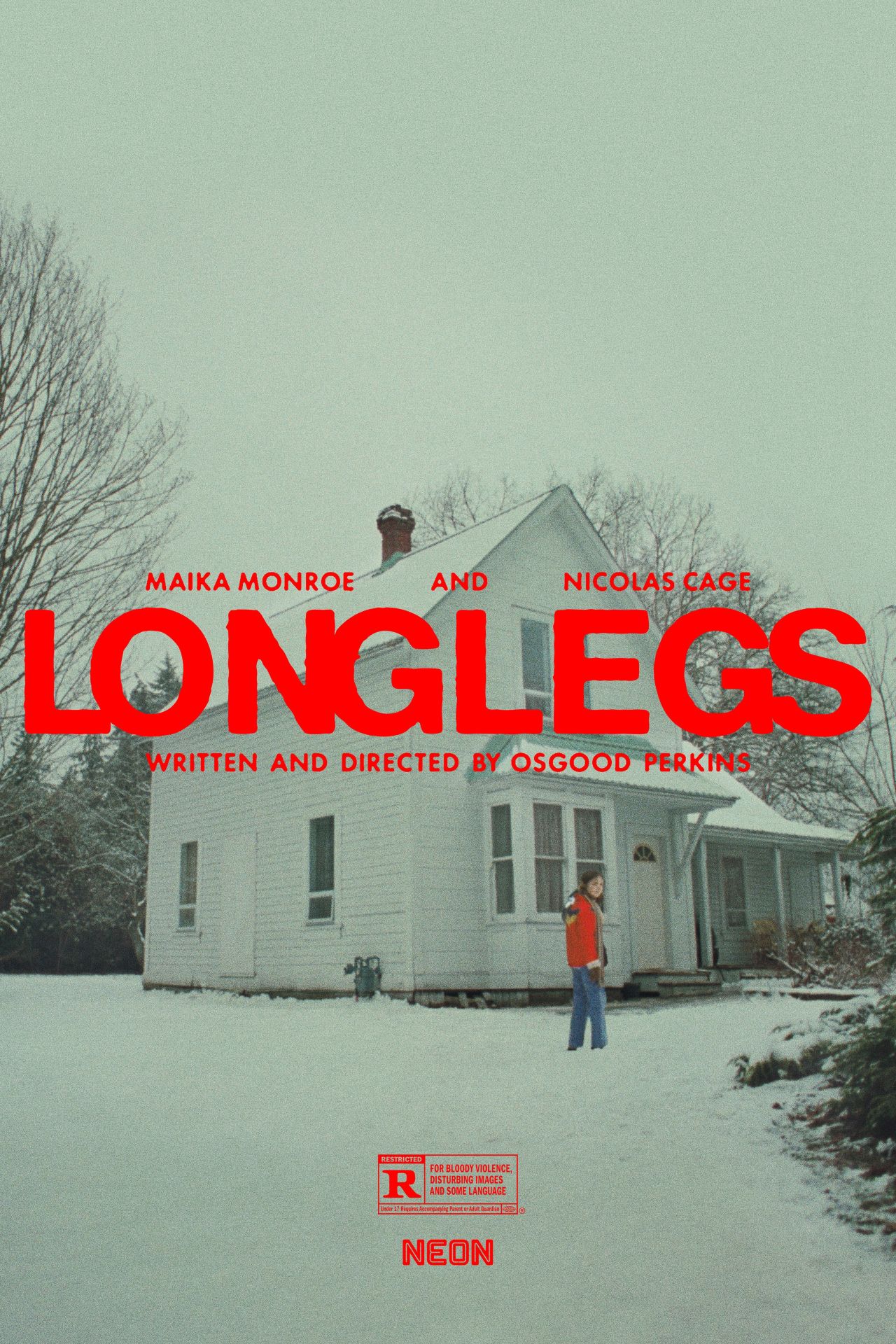WARNING: This post contains spoilers for Longlegs.
Summary
- Longlegs intentionally avoids showing Nicolas Cage’s face, adding an element of fear and ambiguity to his appearance.
- Director Oz Perkins drew inspiration for Longlegs from creepy birthday clown performers, creating a sinister and otherworldly character.
- Nicolas Cage’s portrayal in Longlegs draws comparisons to Heath Ledger’s Joker, as both actors disappear into their clown roles.
Longlegs does not delve too deep into why its titular Nicolas Cage character looks like that, but the film’s director has offered an intriguing explanation that makes a lot of sense. Long before Longlegs broke box office records, it generated immense hype with its brilliant marketing that sold it as one of the best horror films of the last decade without cleverly revealing too much about its storyline. Despite having Nicolas Cage as its lead, the film’s promotional material also avoided portraying the actor’s character. This was a genius move because it effectively evoked curiosity surrounding who he was playing.
A while before the film hit the big screens worldwide, the film’s team also released another unique teaser revealing the moment Maika Monroe came face to face with Nicolas Cage for the first time during filming. Without revealing Cage’s face, the teaser shows how Monroe’s heart rate races to 170 bpm when she sees Cage in a defining scene from the movie. Whether the movie delivers after generating so much hype around Cage’s appearance is up for debate, but there is an interesting reason why he is portrayed that way.
Related
Longlegs Ending Explained: What Happens To Lee Harker
Longlegs has a horrific ending that leaves Lee Harker in an interesting situation. We break down the horror film’s ending and what happened to Harker.
What Nicolas Cage’s Longlegs Really Looks Like
The Intentional Ambiguity Surrounding His Appearance Strikes Fear
Just like the promotional material for Longlegs, even the film avoids showing Nicolas Cage’s face almost throughout its runtime. There are scenes where his appearance is suddenly cut short right before he shows his full face and others where only half of his face is in the frame. In most of these scenes, it becomes evident that Cage’s character applies something to whiten his face and even wears red lipstick on his lips. The actor also dons a long prosthetic nose to portray the character, making him appear even more otherworldly and haunting in the horror movie.
Although there is nothing particularly off about Longlegs’ clothes, Nicolas Cage carries him with an unsettling presence that transcends his attire and makes him seem both human and supernatural at the same time. Through clever camera angles, Oz Perkins also makes Longlegs look incredibly huge compared to most characters in the film, adding even more heft to his implied satanic connections. The horror movie seems to intentionally avoid getting into the details of why he looks like he does to maintain an air of eerieness and ambiguity surrounding him.
Longlegs’ Appearance Is Inspired By Party Clown Performers
Longlegs Embodies The Trickster Archetype
Fortunately, director Oz Perkins has revealed (via IGN) the kind of look he had in mind when he first conceptualized the character of Longlegs. The core idea was that Longlegs was “a kind of shabby birthday clown, birthday performer type,” similar to the ones the director had seen throughout his life at his kids’ birthday parties. However, as Perkins explained, Longlegs was no regular party clown. Instead, he was reminiscent of clowns who had “a bad run in their stocking” and punctured a hole “in the presentation to a child.”
Like a typical clown, he also embodies the trickster archetype by luring unsuspecting people into his malevolent schemes and creating a sense of false innocence before unleashing his true sinister nature.
As Perkins further elaborated, he saw Longlegs as one of those guys who showed up at a kid’s birthday party and interacted with them when their parents were not looking. All these ideas the director initially dabbled with before creating Longlegs seem to be reflected directly in the film. As seen in Longlegs opening moments, the titular character sneaks up to the younger version of Maika Monroe’s Lee Harker when her mother is not looking and even offers her a gift after singing her a creepy birthday song.
Like a typical clown, he also embodies the trickster archetype by luring unsuspecting people into his malevolent schemes and creating a sense of false innocence before unleashing his true sinister nature. Interestingly, as Perkins reported (via USA Today), Nicolas Cage “harvested a lot of memory of his mom” to portray the character because she “did a lot of things to freak him out.” Through Longlegs’ appearance and demeanor, the director also intended to strike a balance between showing him as an all-powerful Wizard of Oz-esque character and a vulnerable human.

Related
What Longlegs’ Revelation 13:1 Bible Verse Really Means
Osgood Perkins’ highly-acclaimed serial killer horror movie Longlegs mentions one iconic Bible verse multiple times, emphasizing its importance.
Longlegs’ Clown Inspiration Makes Nicolas Cage’s Heath Ledge Comparisons More Appropriate
Both Nicolas Cage & Heath Ledger Make Viewers Forget They Are Actors Playing The Clown Characters
Given how Longlegs is supposed to be somewhat of a party clown, it is not surprising that Nicolas Cage’s portrayal of the character is being compared with Heath Ledger’s Oscar-winning performance as Joker from The Dark Knight. Even though many talented actors have played clown-like characters on the screen, it is hard not to merely perceive them as actors donning a clown’s identity for a movie role. However, in Health Ledger’s and Nicolas Cage’s case, the actors almost make it difficult to see them as anything else.
Even though Nicolas Cage’s Longlegs and Health Ledger’s Joker represent clowns, their characters’ motives and even physical appearances are significantly different. Cage’s portrayal of the character also has little to nothing in common with Ledger’s treatment of Joker. However, the way the two actors almost disappear into their roles in their respective portrayals of clowns explains where the comparison stems from.



